Deep Learning: Support Vector Machines
Here is my Deep Learning Full Tutorial!
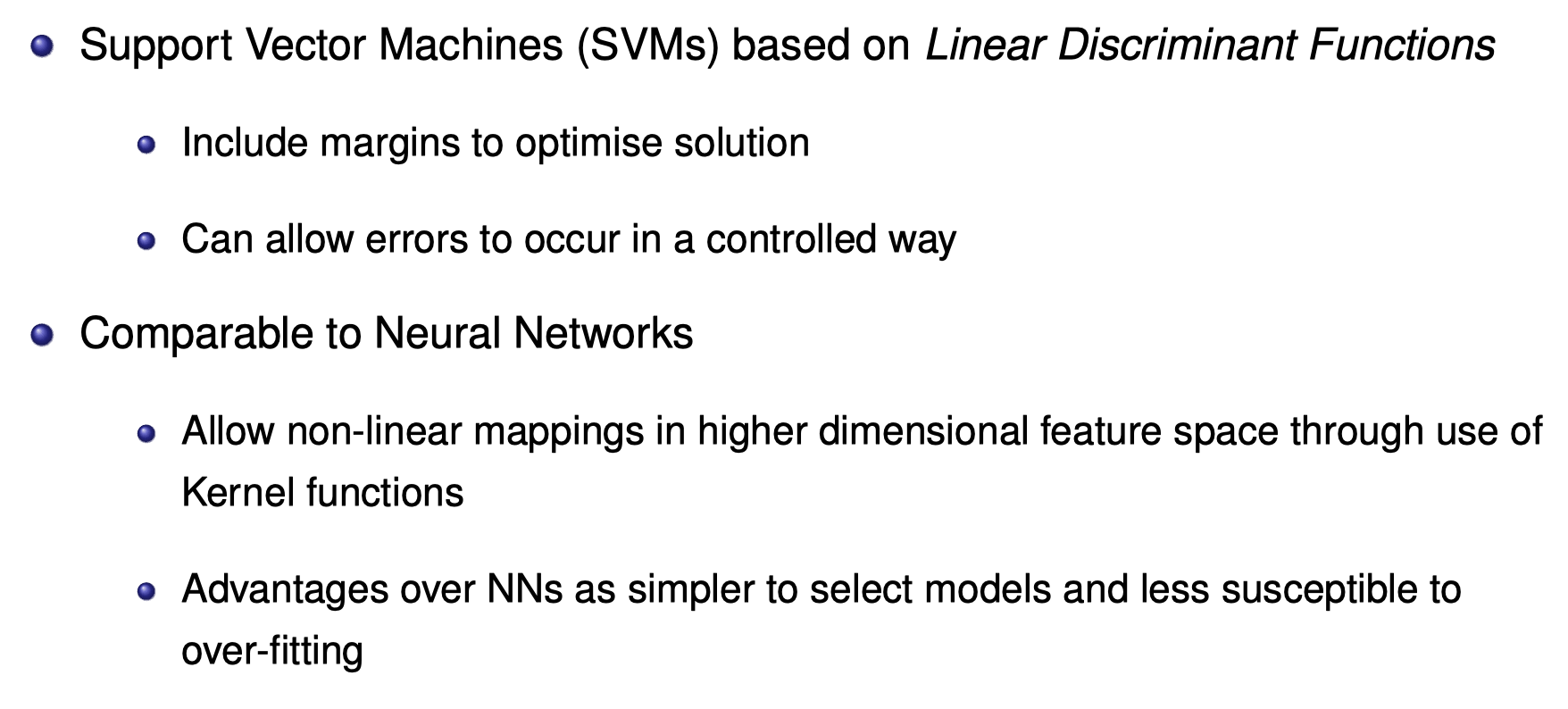

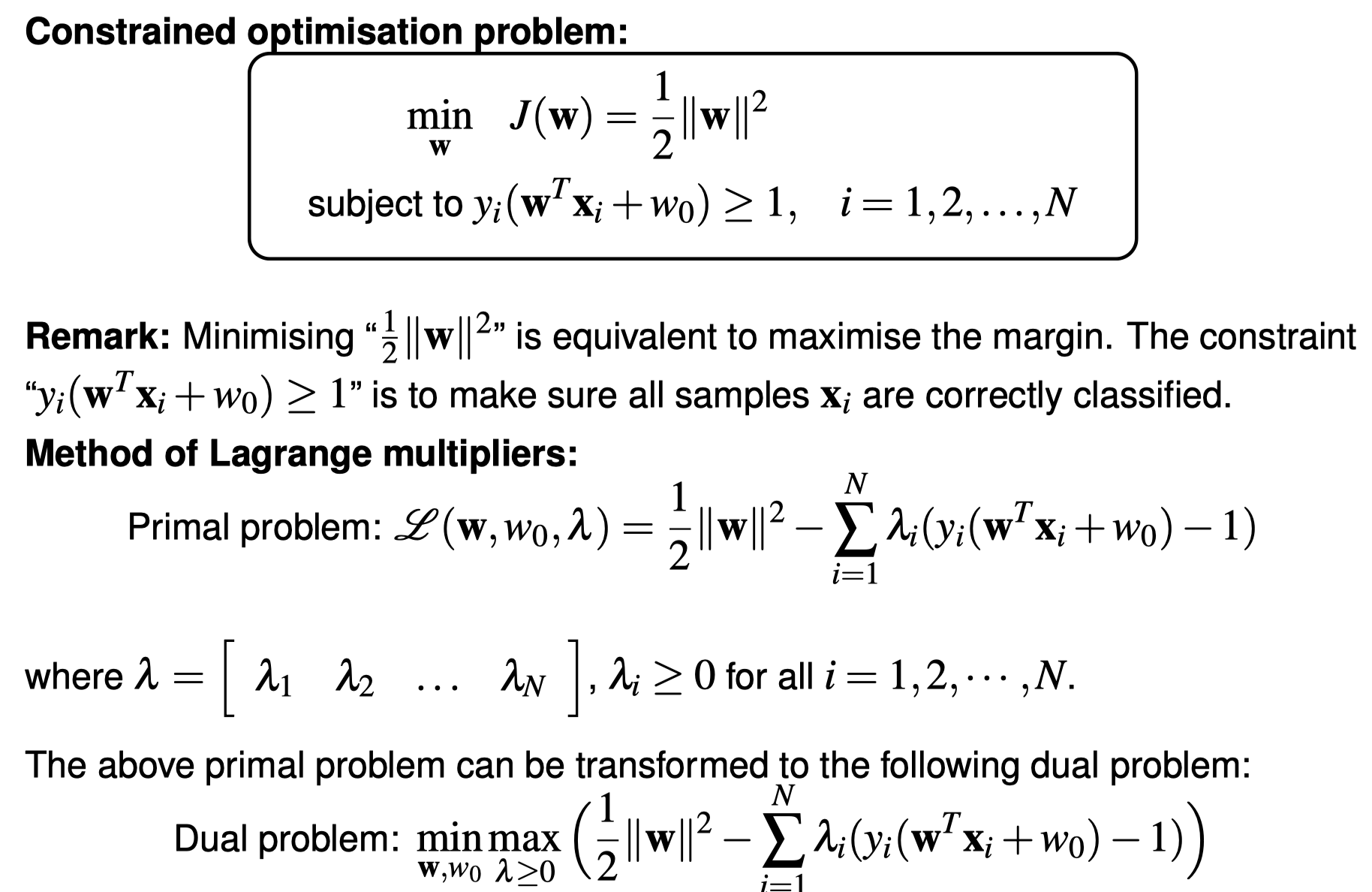
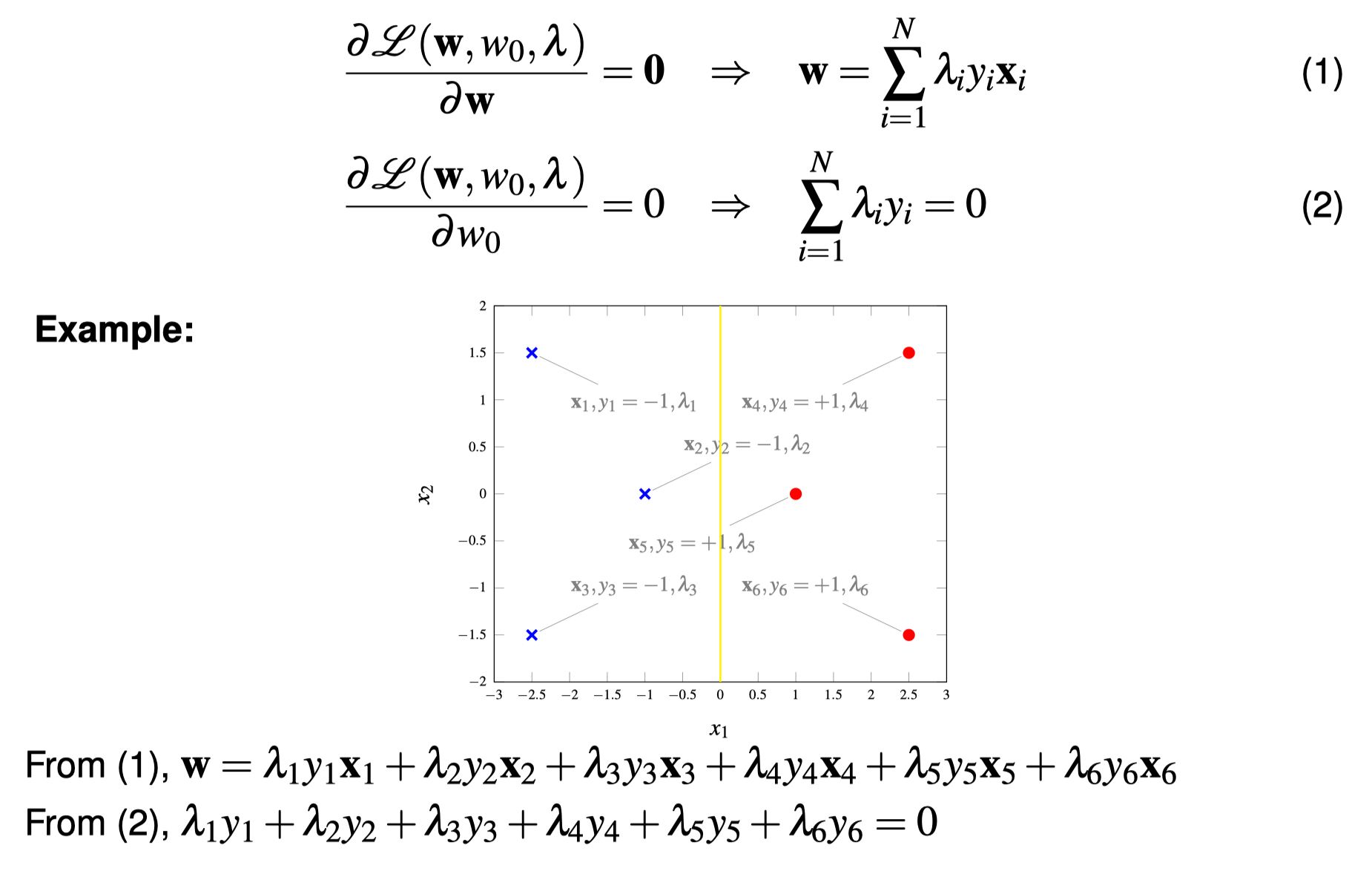

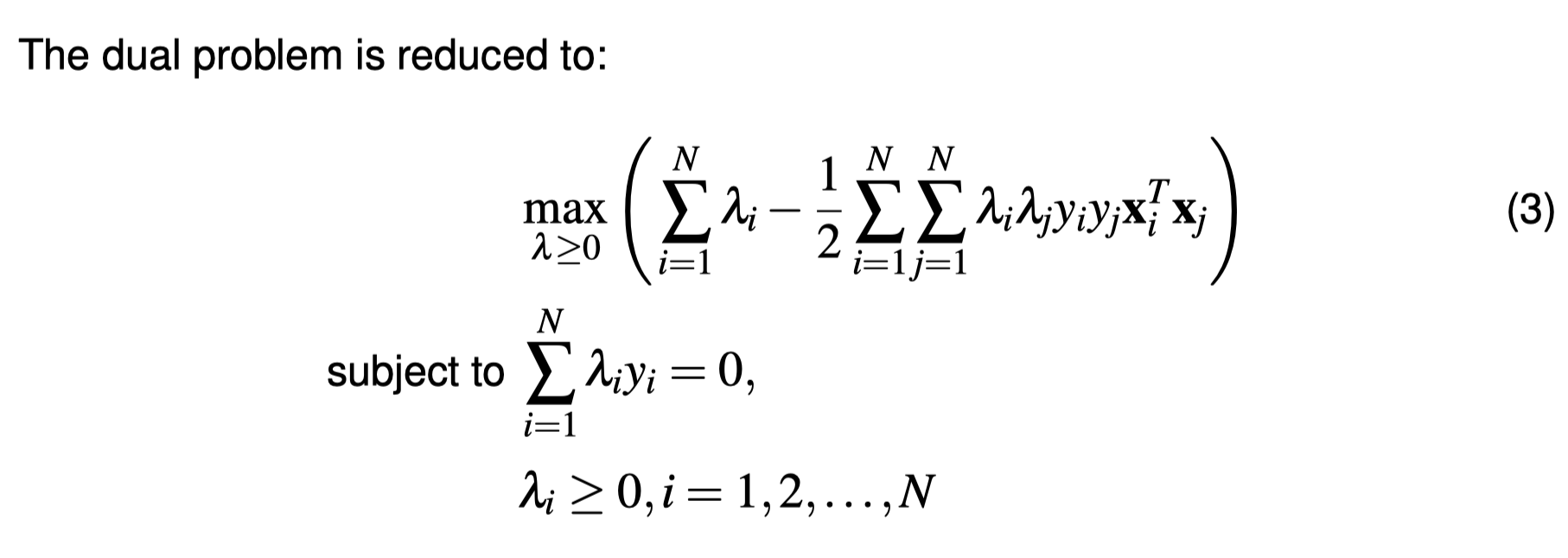
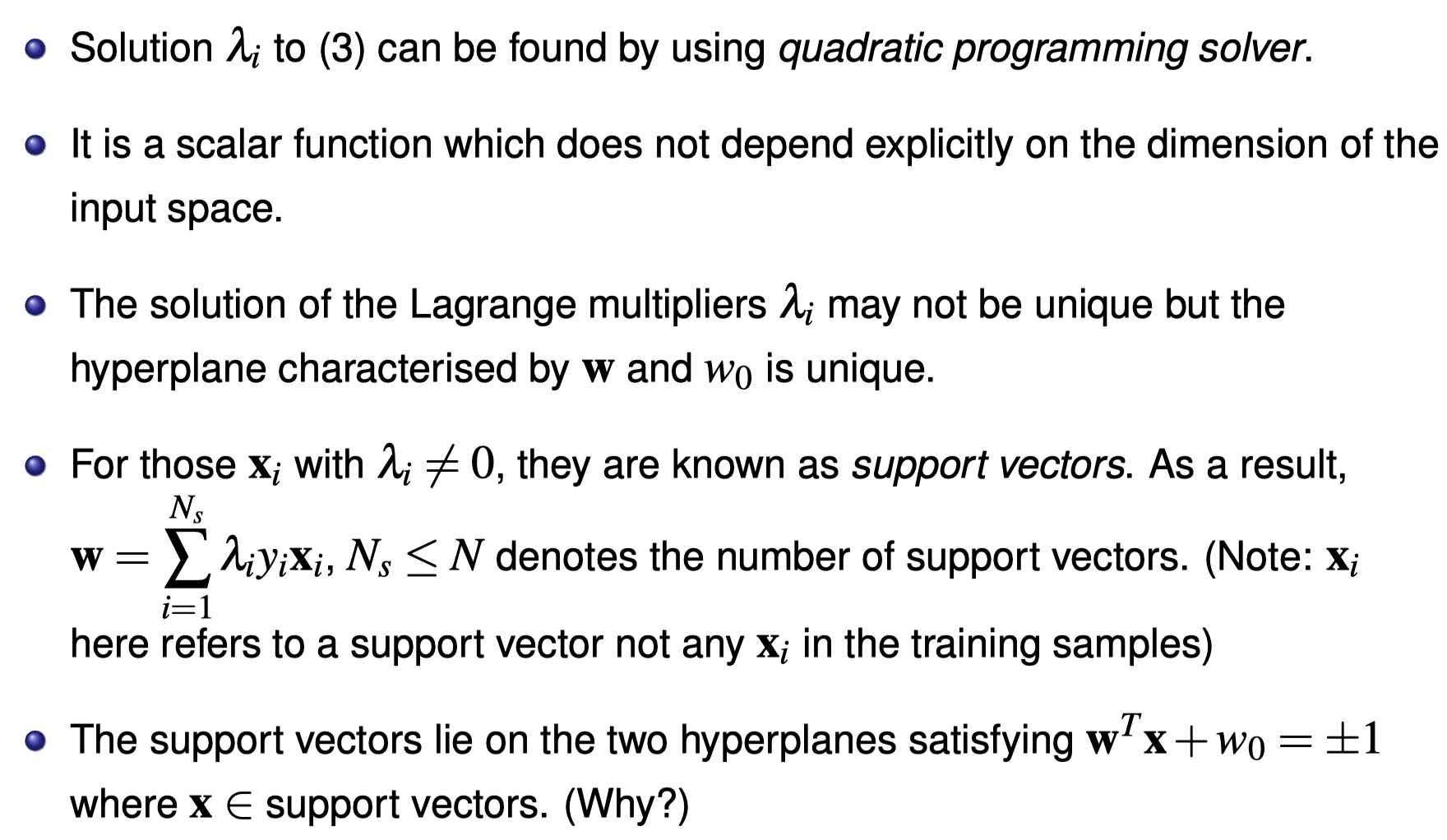
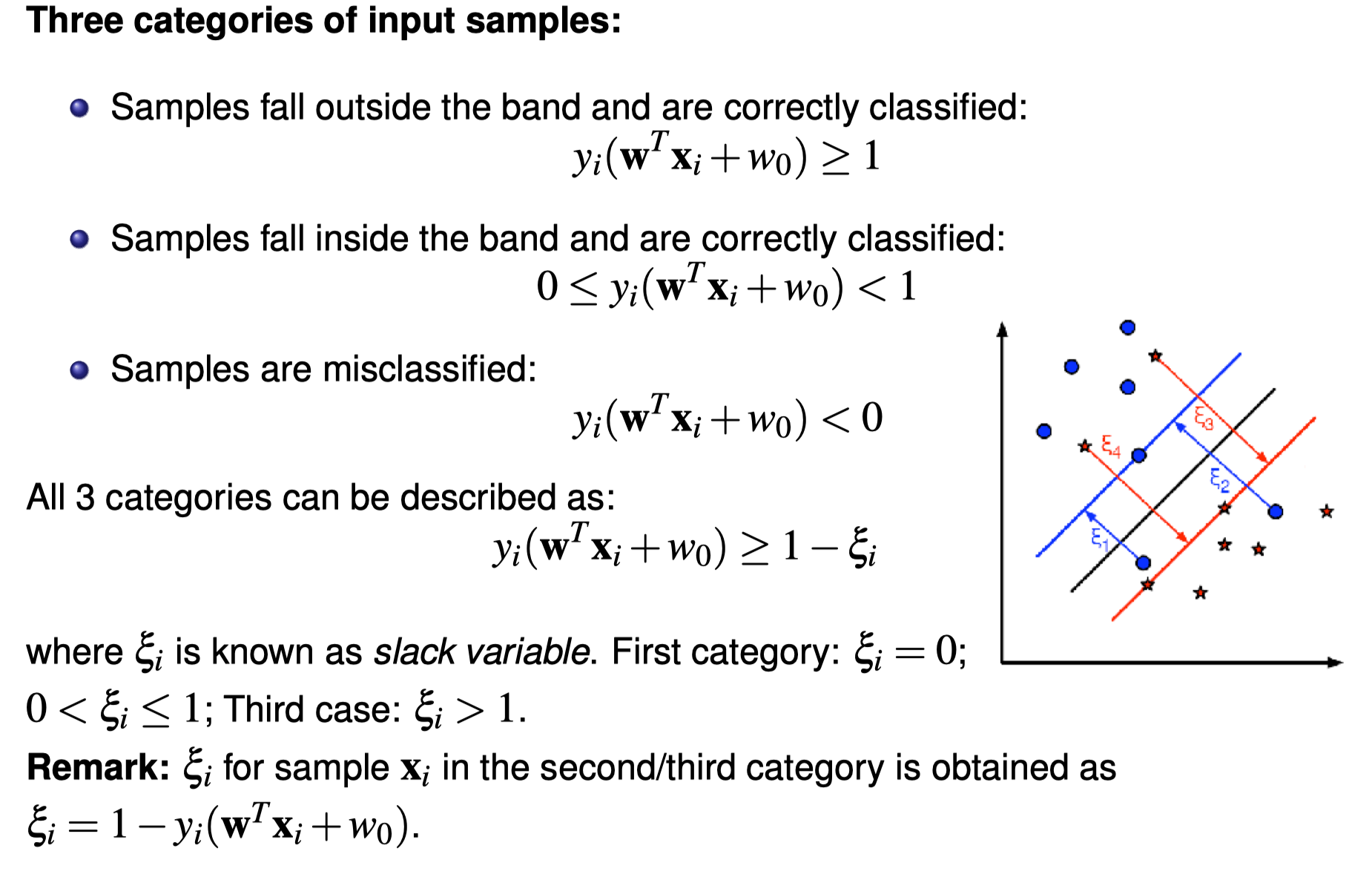
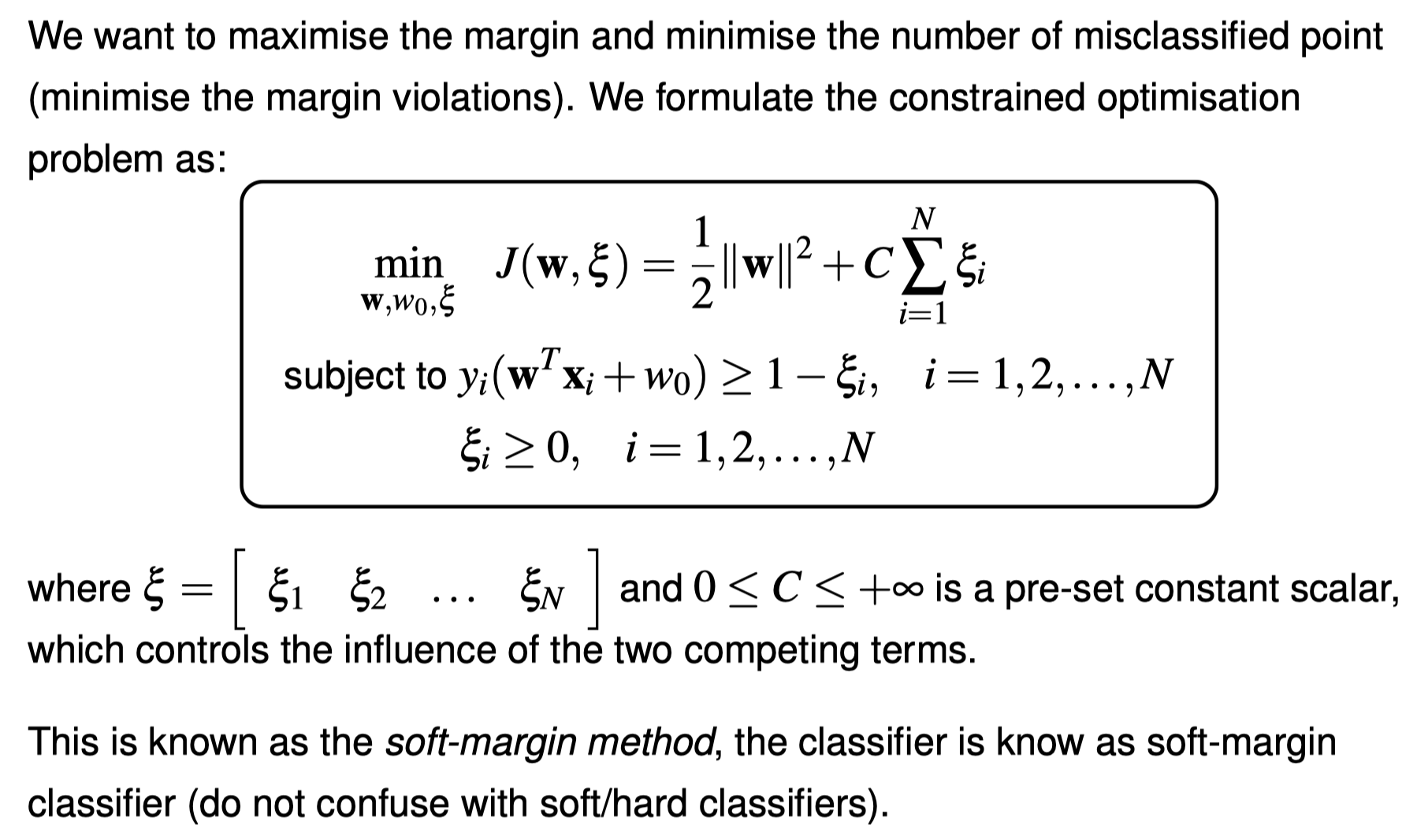
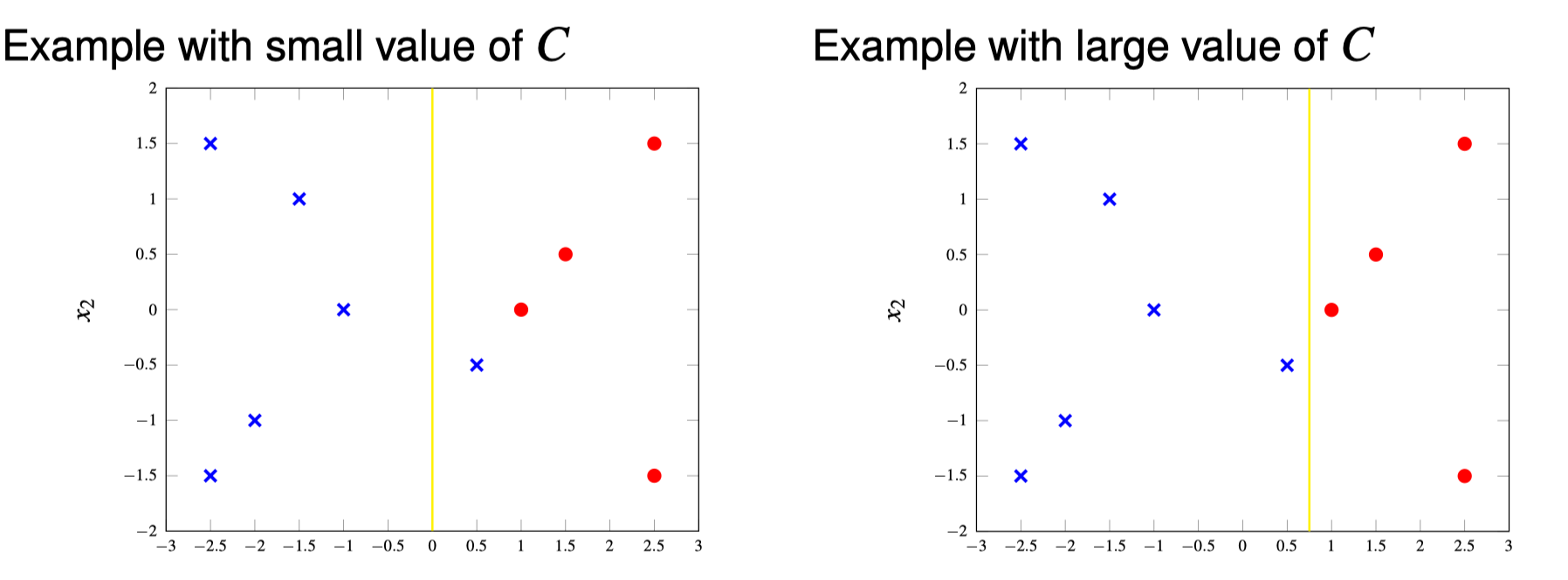
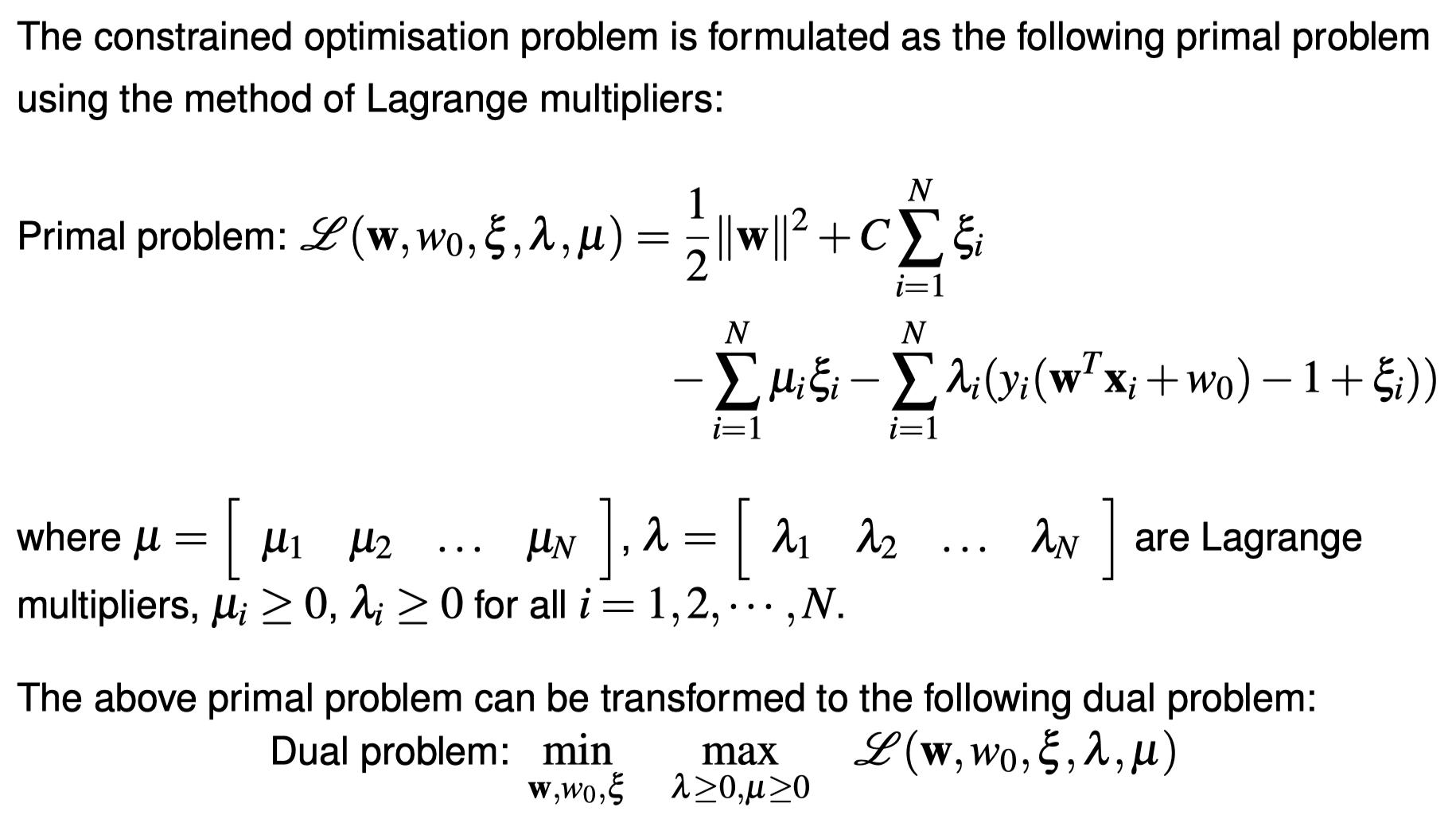
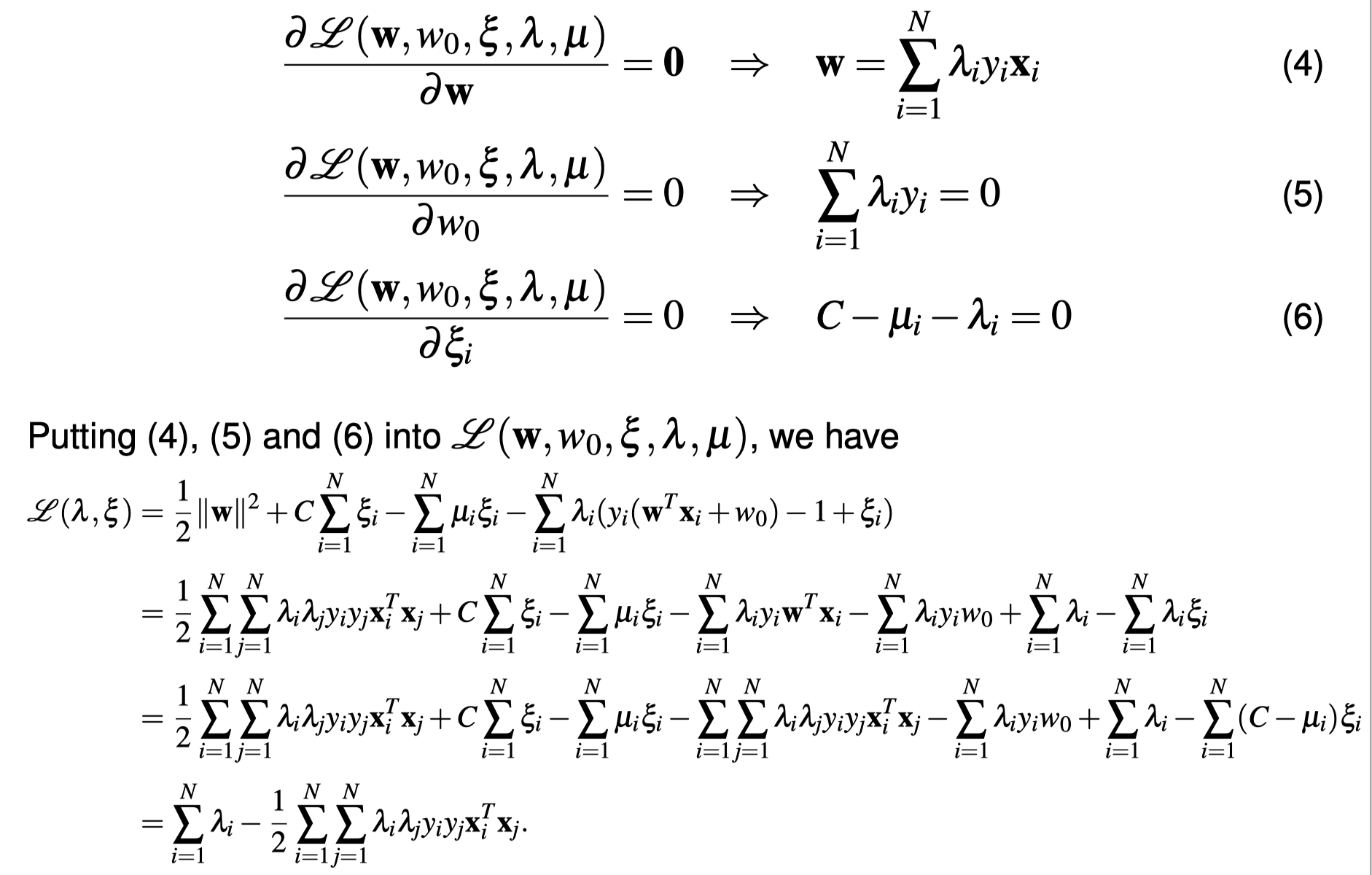
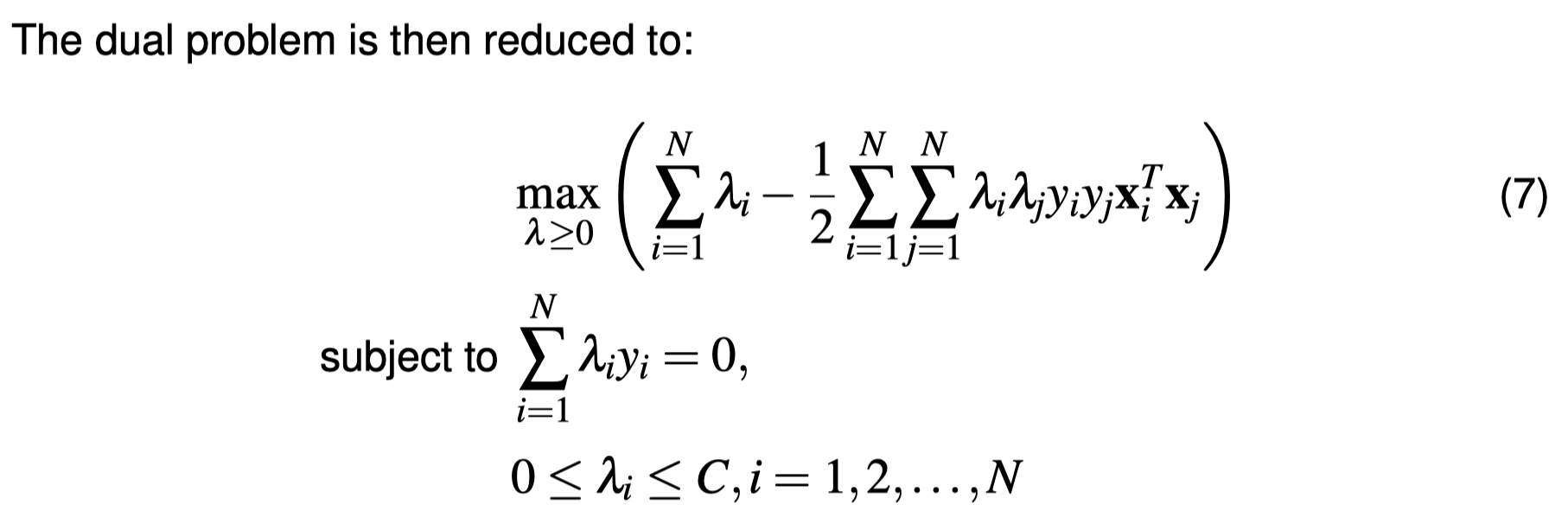
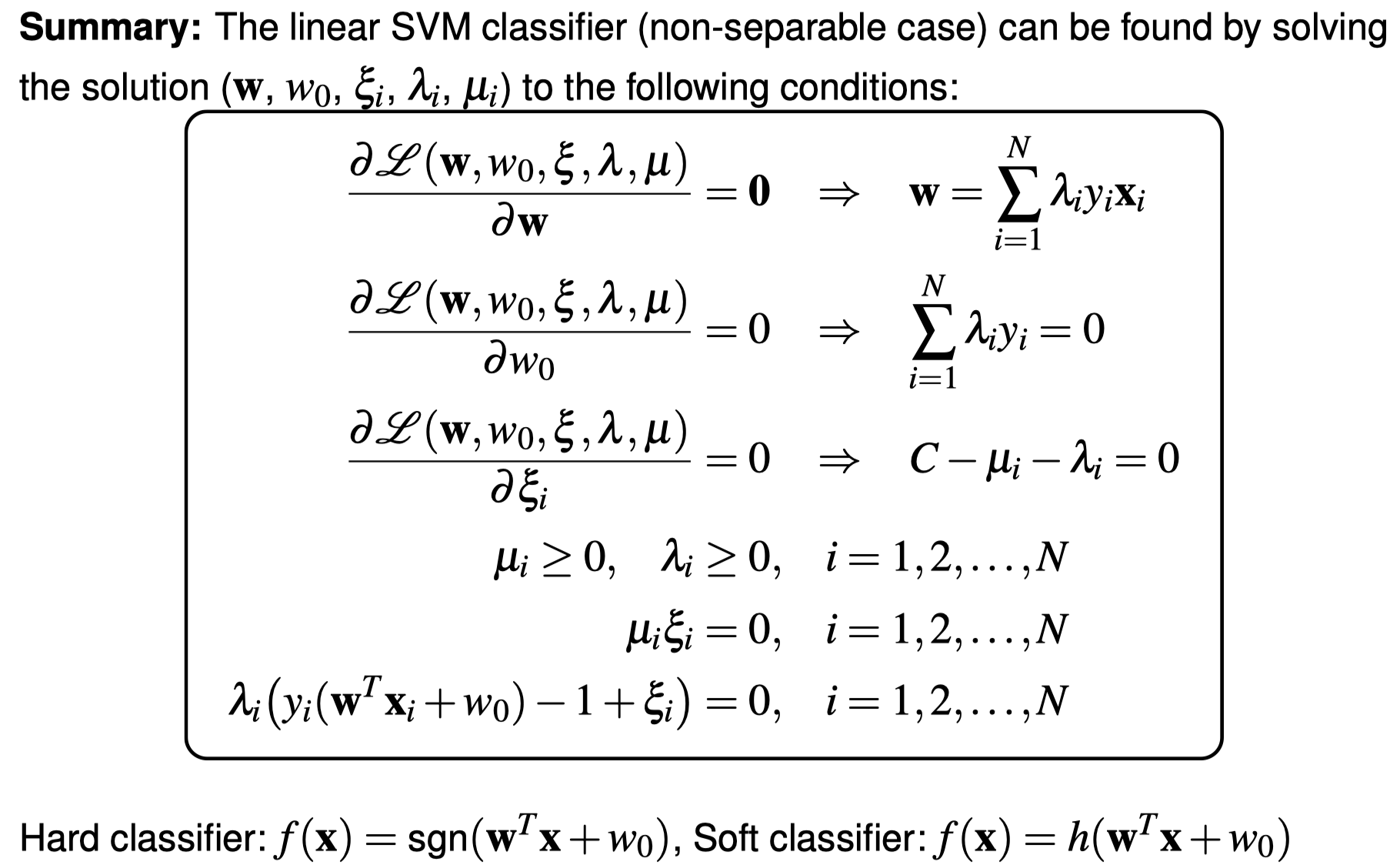
Nonlinear SVMs
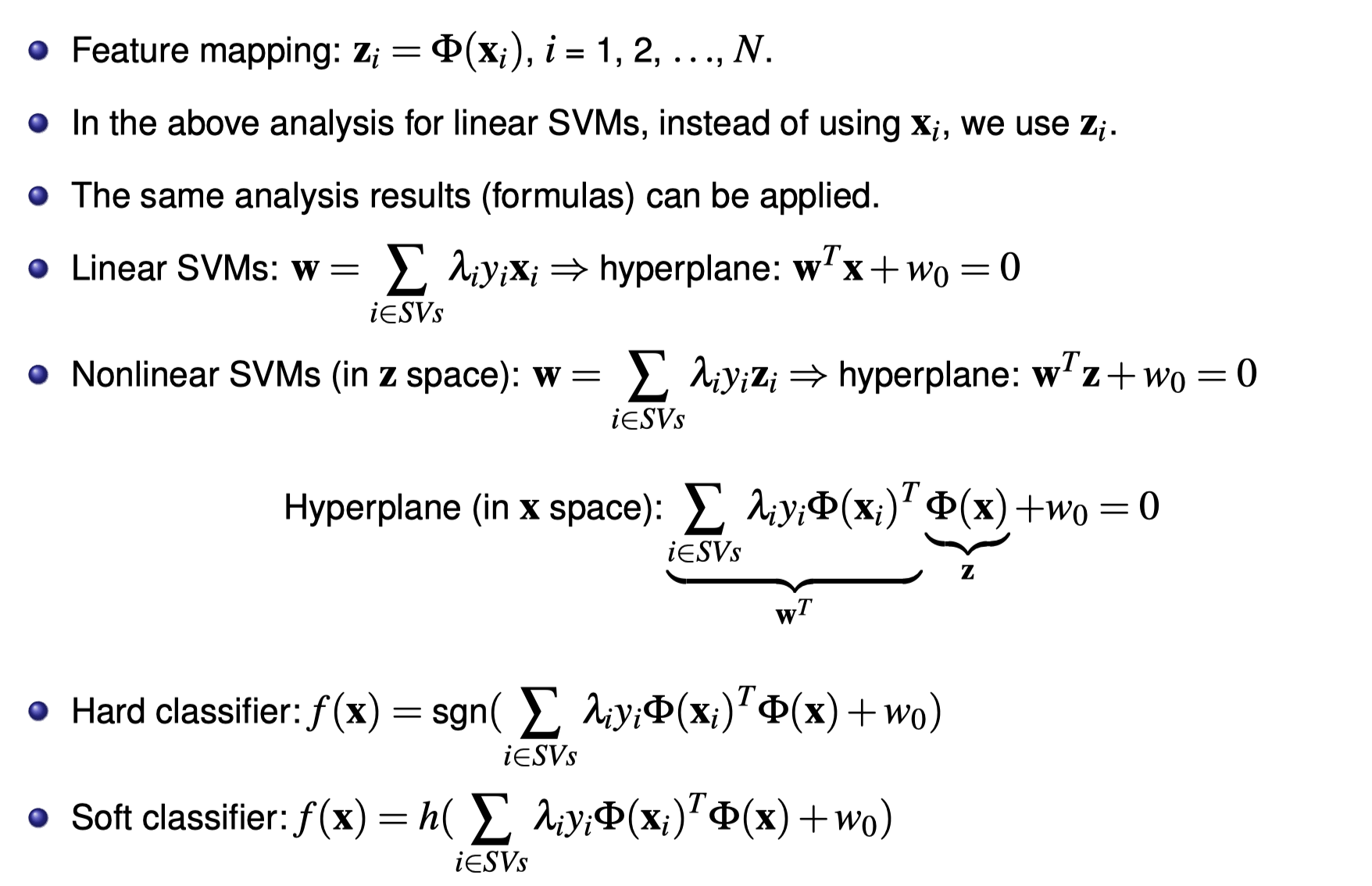
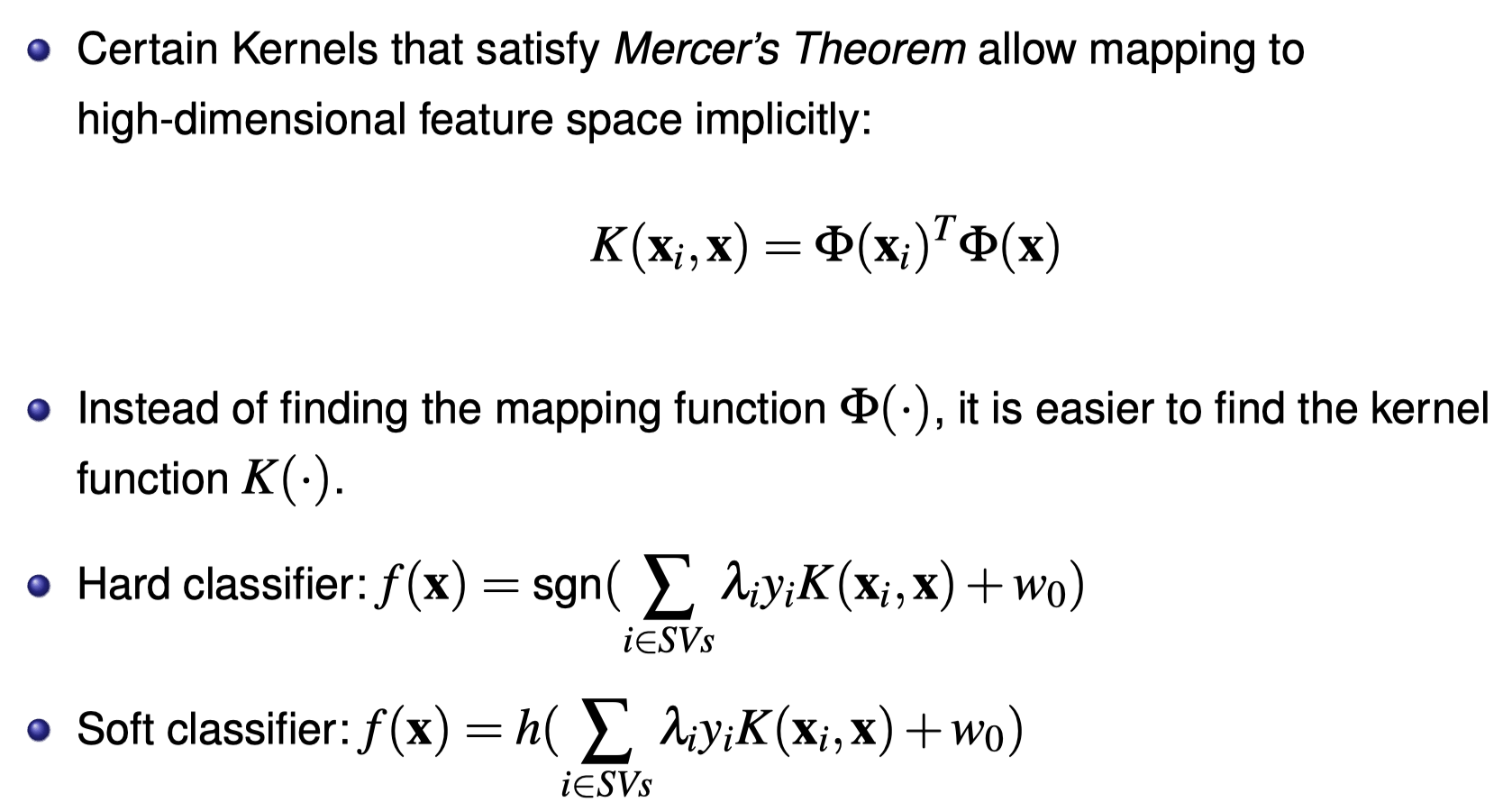
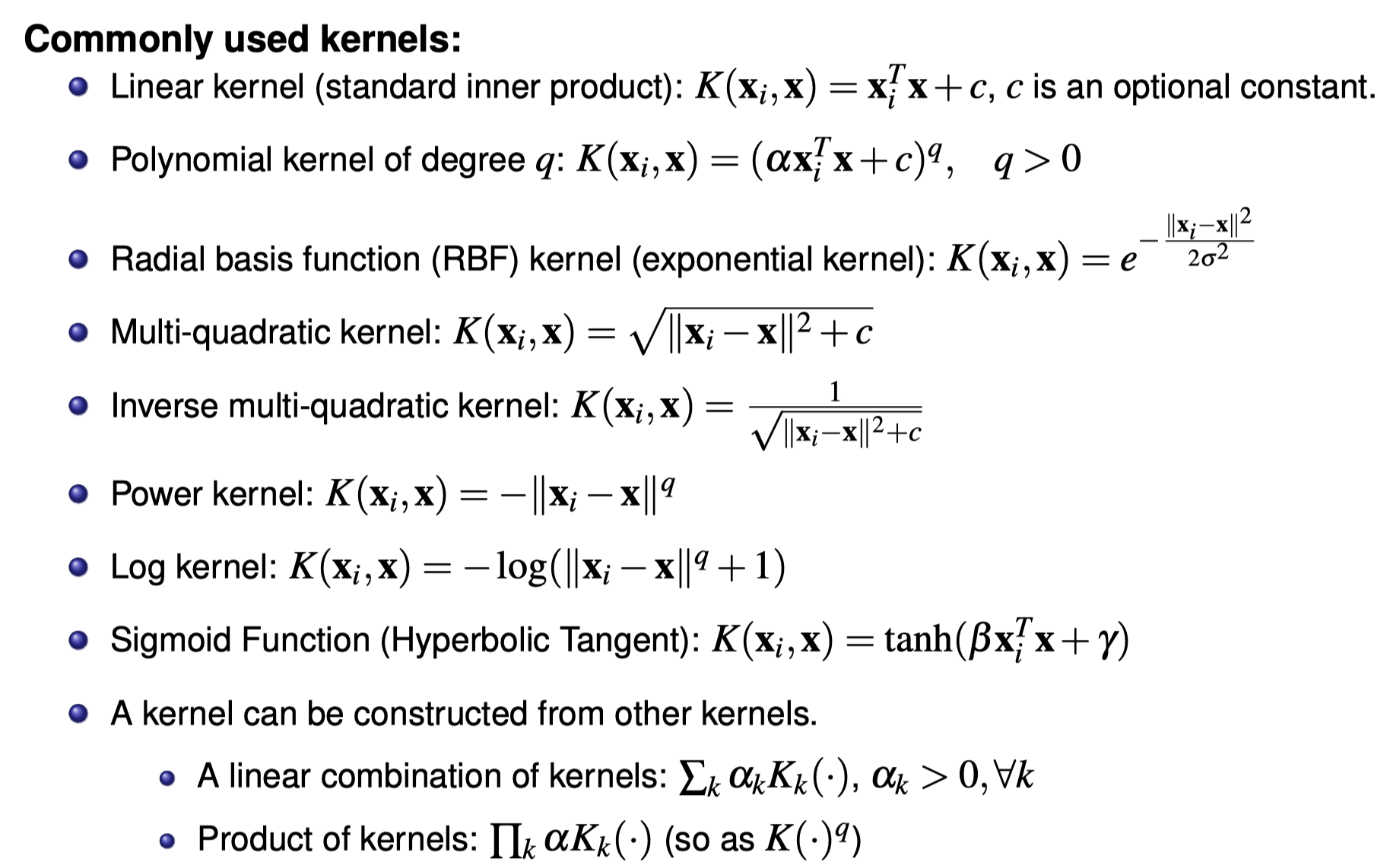
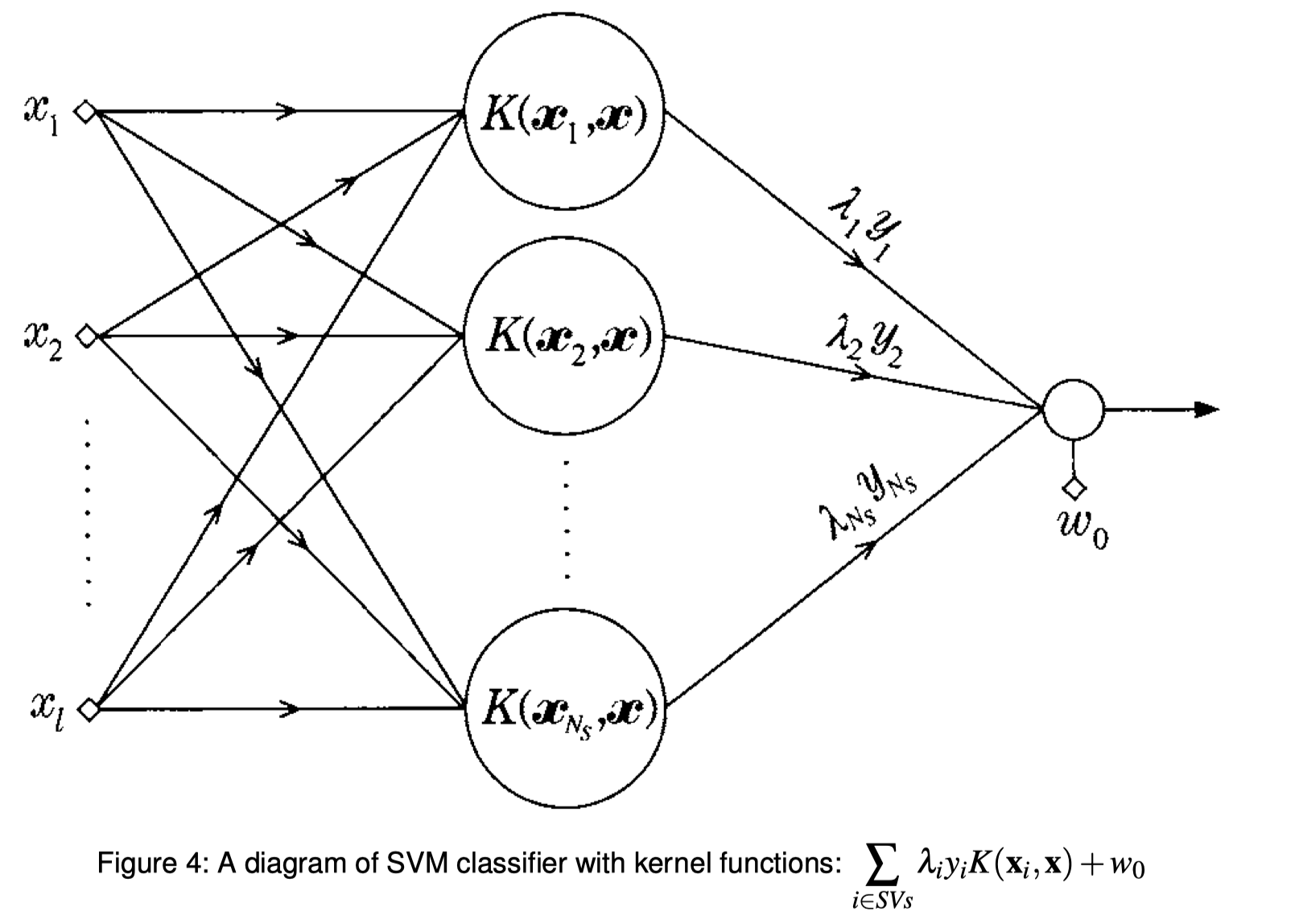
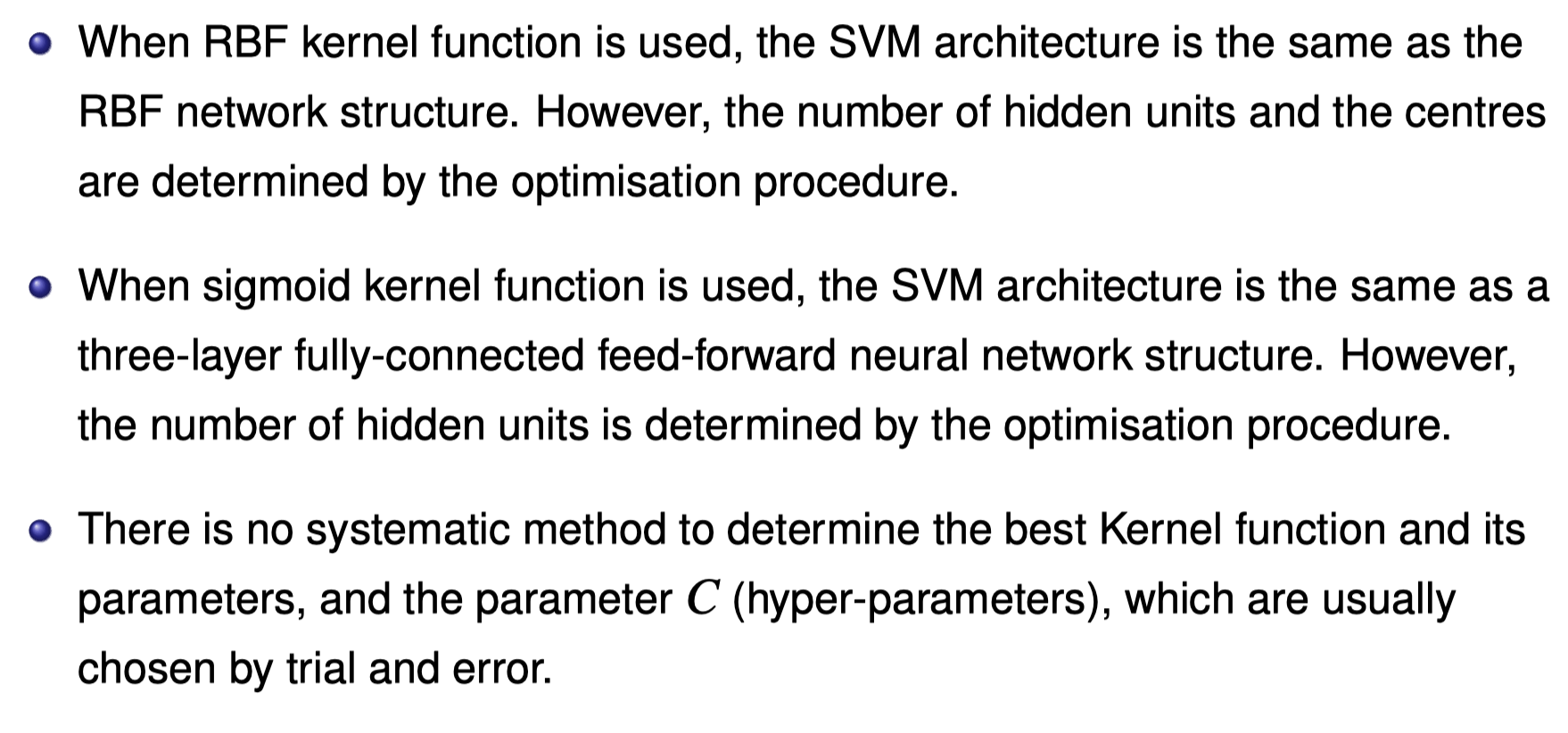
Multi-class SVMs
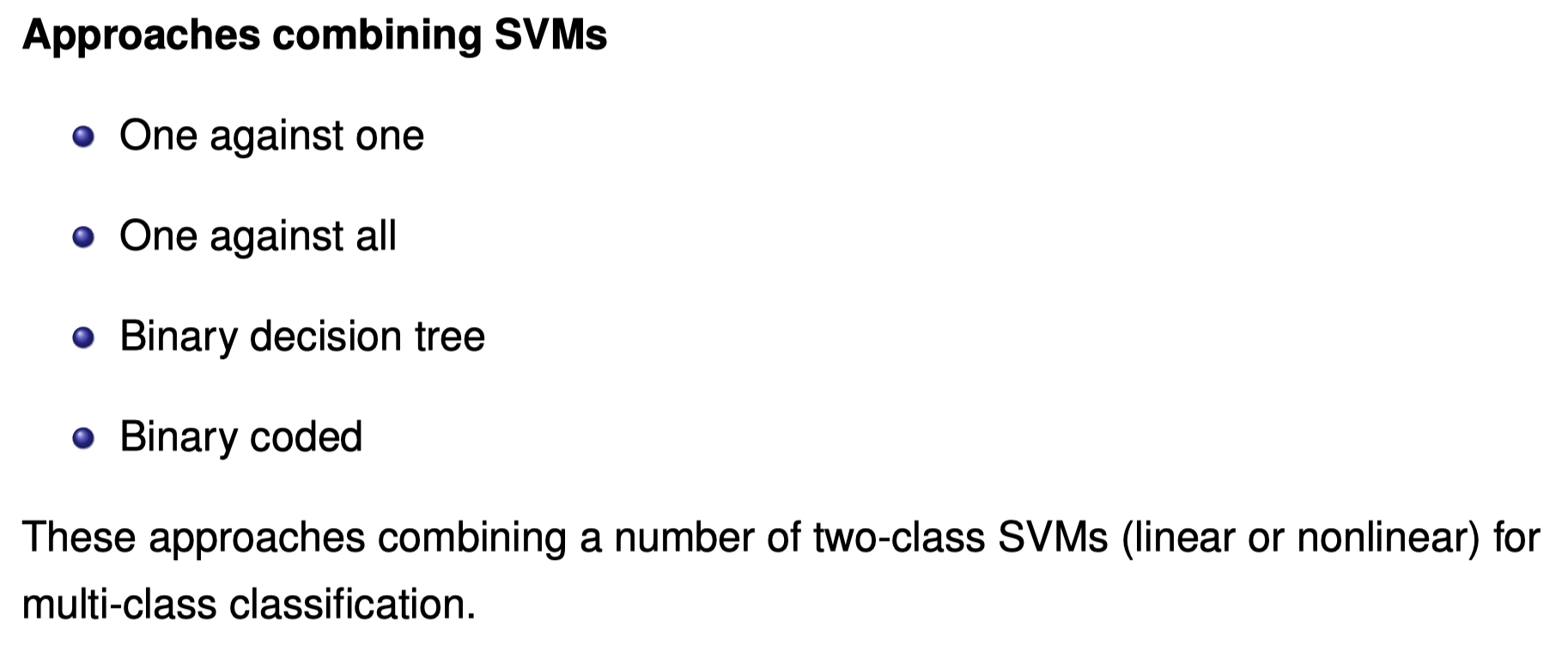
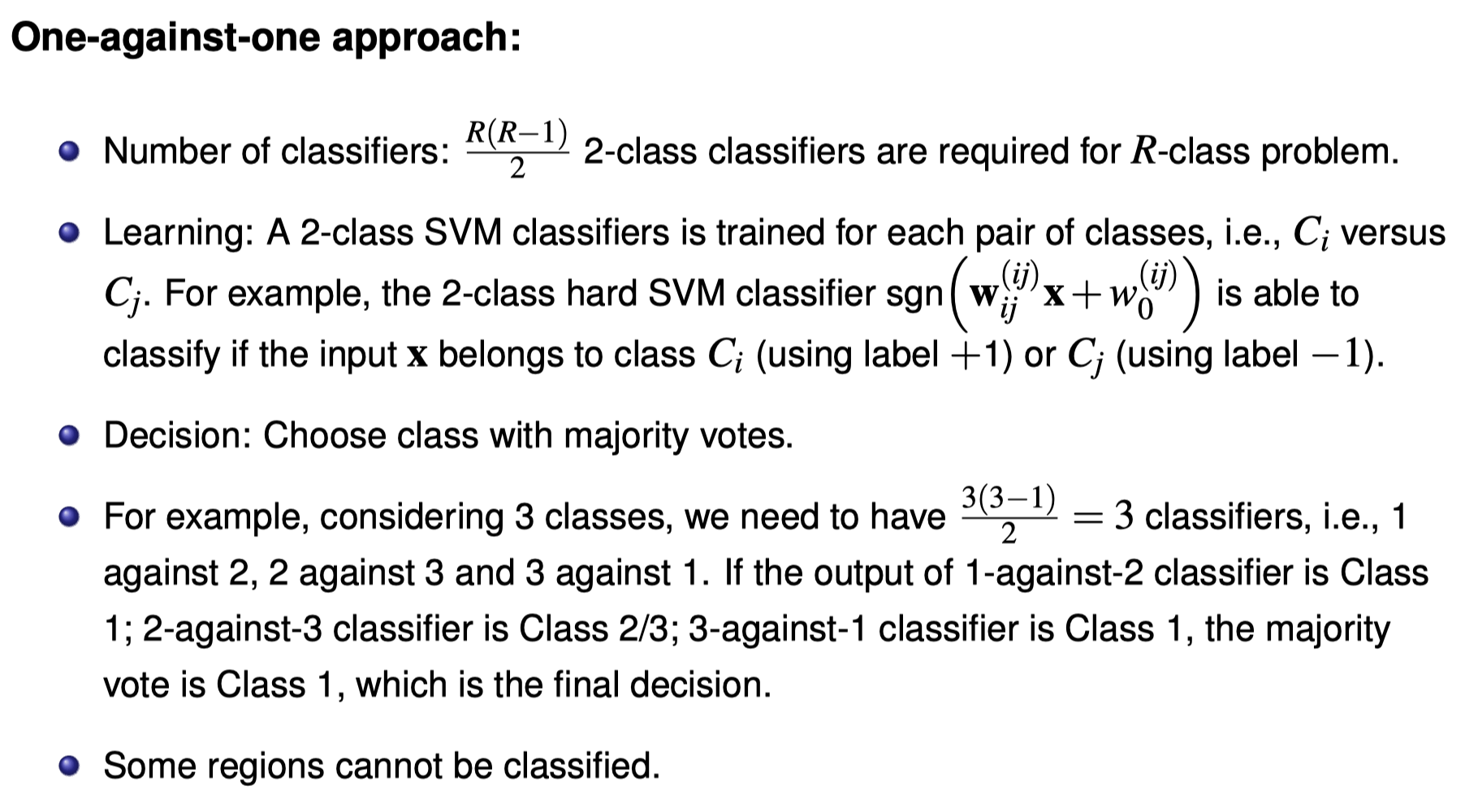
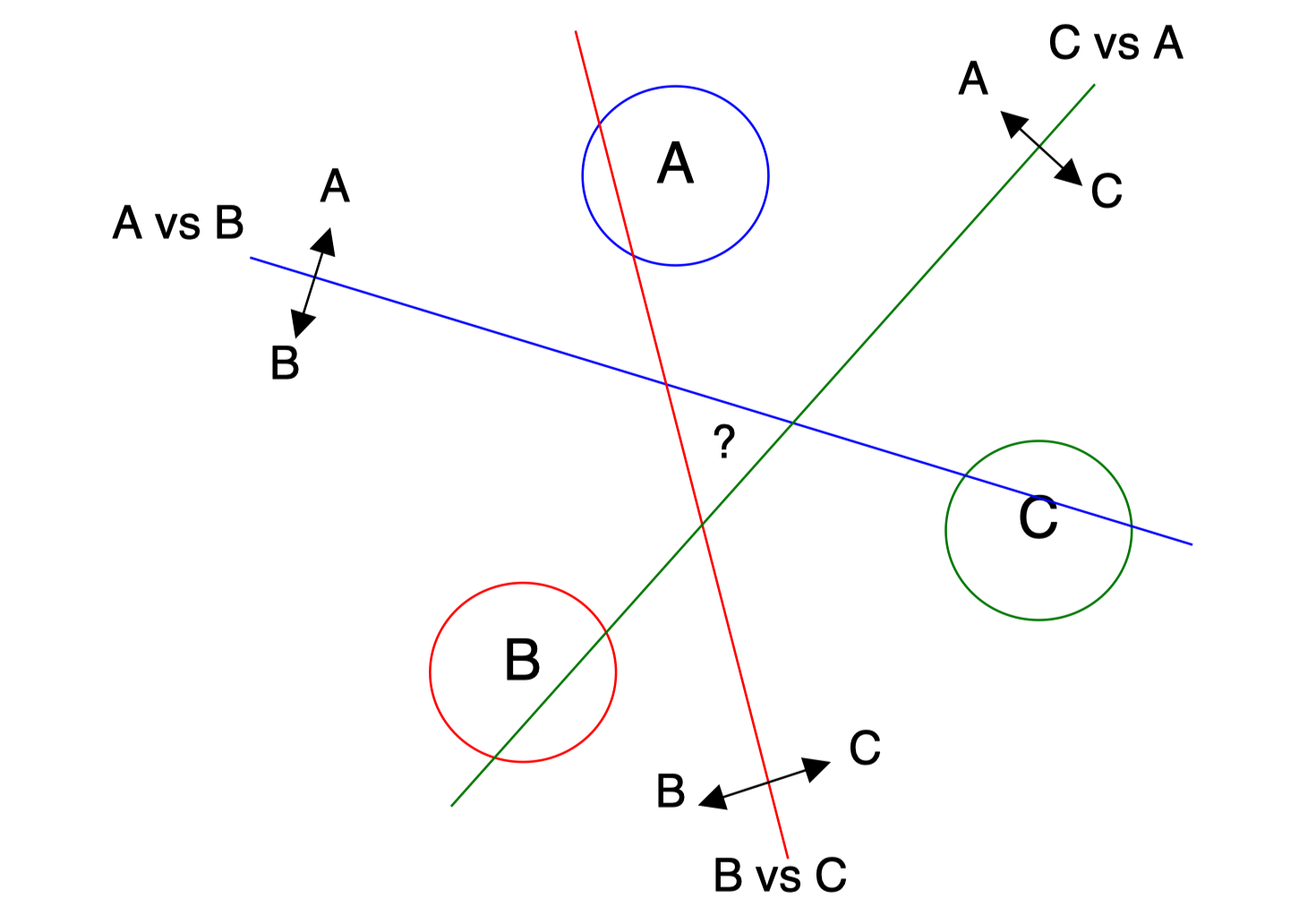
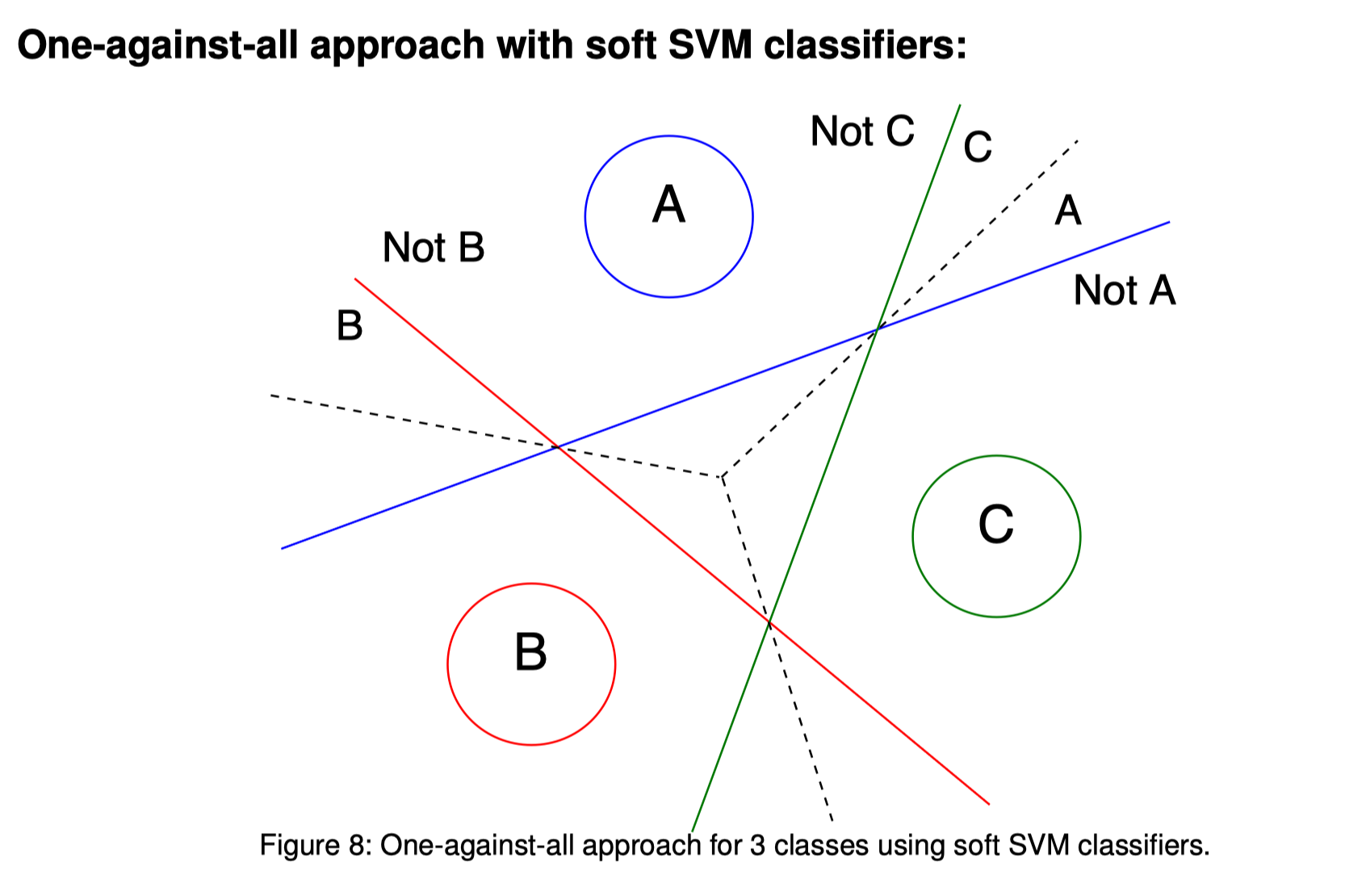
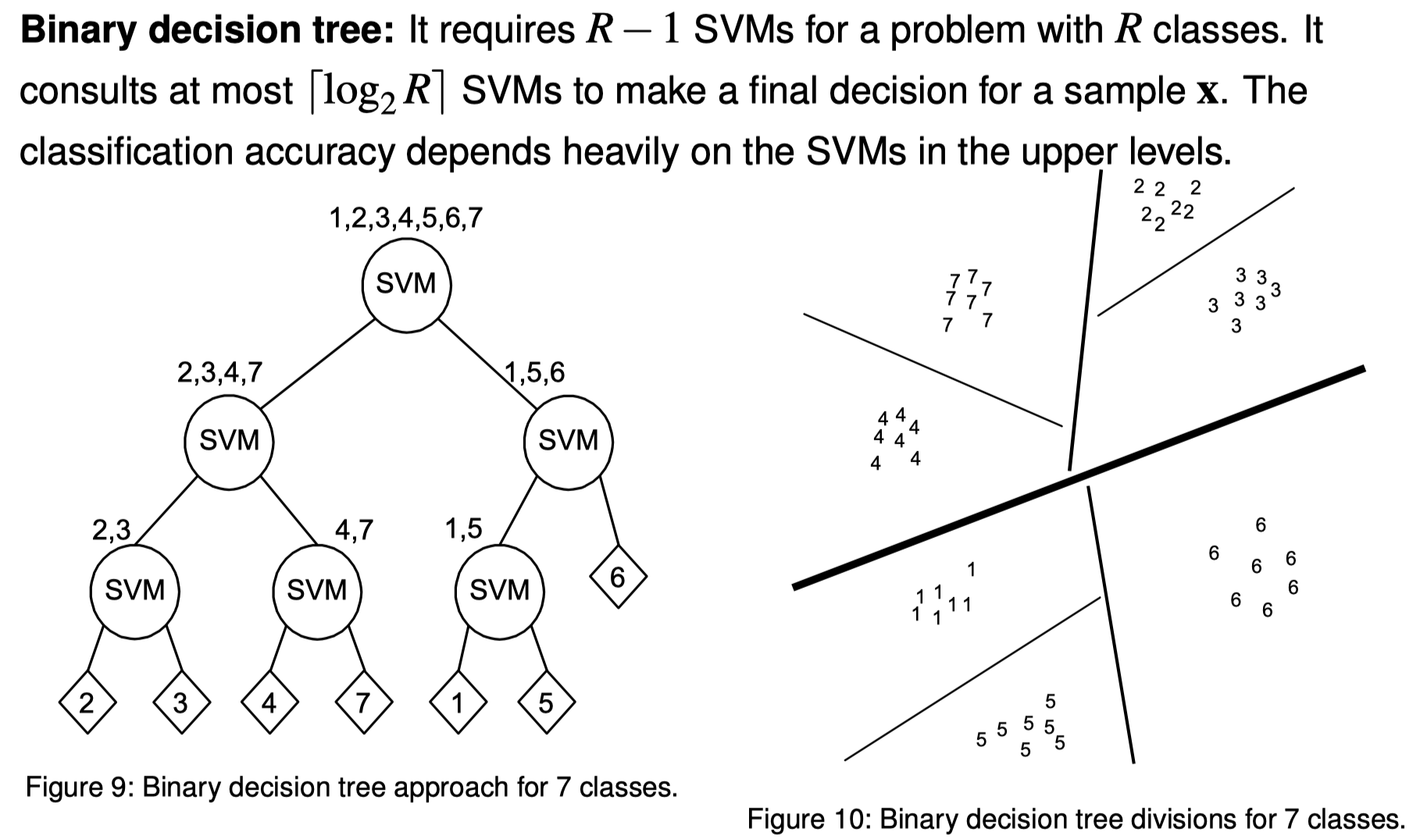
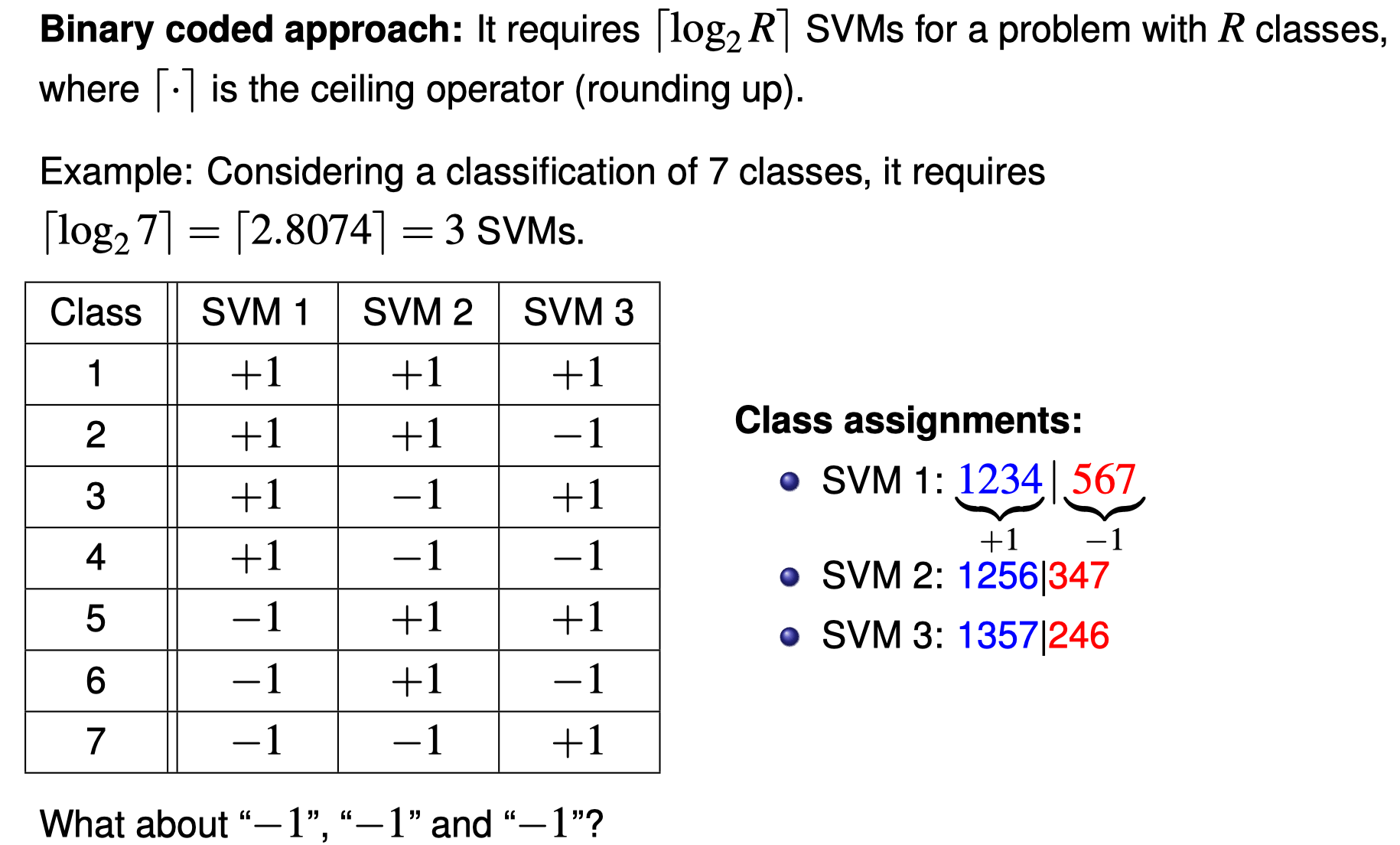
SVM find hyperplane by support vectors python code
1
2
3
4
5
6
7
8
9
10
11
12
13
14
15
16
17
18
19
20
21
22
23
24
25
26
27
28
29
30
31
32
33
34
35
36
37
38
39
40
41
42
43
44
45
46
47
48
49
50
51
52
53
54
55
56
57
58
59
60
61
62
def find_weight(support_vector_l, label_l):
# First get the final result matrix from support vector labels
# and sum of all lambda*lable(should equal to 0)
lambdas_result_list = []
for i in label_l:
lambdas_result_list.append(i)
lambdas_result_list.append(0)
# Set a list to store data infront each lambda
# e.g. 2(λ1) + 3(λ2) then we store 2 and 3 into the list
# The data infront each lambda is the coordinate of support vectors
lambdas = []
lambdas_weight0 = []
for i in range(len(label_l)):
lambdas.append(label_l[i] * support_vector_l[i])
lambdas = np.array(lambdas)
# Store value infront lambda after calculate
# yi((w^T)*x + w0) = 1
for i in range(len(support_vector_l)):
temp_list = []
for data in lambdas:
temp_list.append(np.dot(data, support_vector_l[i]))
temp_list.append(1)
lambdas_weight0.append(temp_list)
# Store value infront lambdas from function:
# sum all λiyi = 0
# In this function only support vectors lambda is non-zero
sum_of_lambdas = []
for i in label_l:
sum_of_lambdas.append(i)
sum_of_lambdas.append(0)
# Store the result from function mentioned above
# prepare for matrix calculation
lambdas_weight0.append(sum_of_lambdas)
# Get the result of all unknown lambdas and weight0 from matrix operation
# The calculation is like
# [1, 2, 3, 4] [λ1] [1]
# [5, 6, 7 ,8] * [λ2] = [1]
# [1, 3, 4, 6] [λ3] [-1]
# [8, 6, 4, 2] [λ4] [0]
# calculated by invert the left hand matrix and dot product it with the right hand matrix
invers_matrix = np.linalg.inv(lambdas_weight0)
lambda_weight0_result = np.dot(invers_matrix, lambdas_result_list)
lambdas_result = lambda_weight0_result[:len(support_vector_l)]
print(lambdas_result)
weight0 = lambda_weight0_result[-1]
# from all data we known get the w
# where w = x1λ1 + x2λ2 +.......
temp = []
for index in range(len(lambdas)):
temp.append(np.dot(lambdas[index], lambdas_result[index]))
weight = np.sum(temp, axis=0, dtype=np.float32)
return weight, weight0
support_v = np.array([[3,1], [3,-1], [1,0]])
label = [1, 1, -1]
w, w0 = find_weight(support_v, label)
print(w)
print(w0)
Output
1
2
3
[0.25 0.25 0.5 ]
[1. 0.]
-2.0
Comments powered by Disqus.